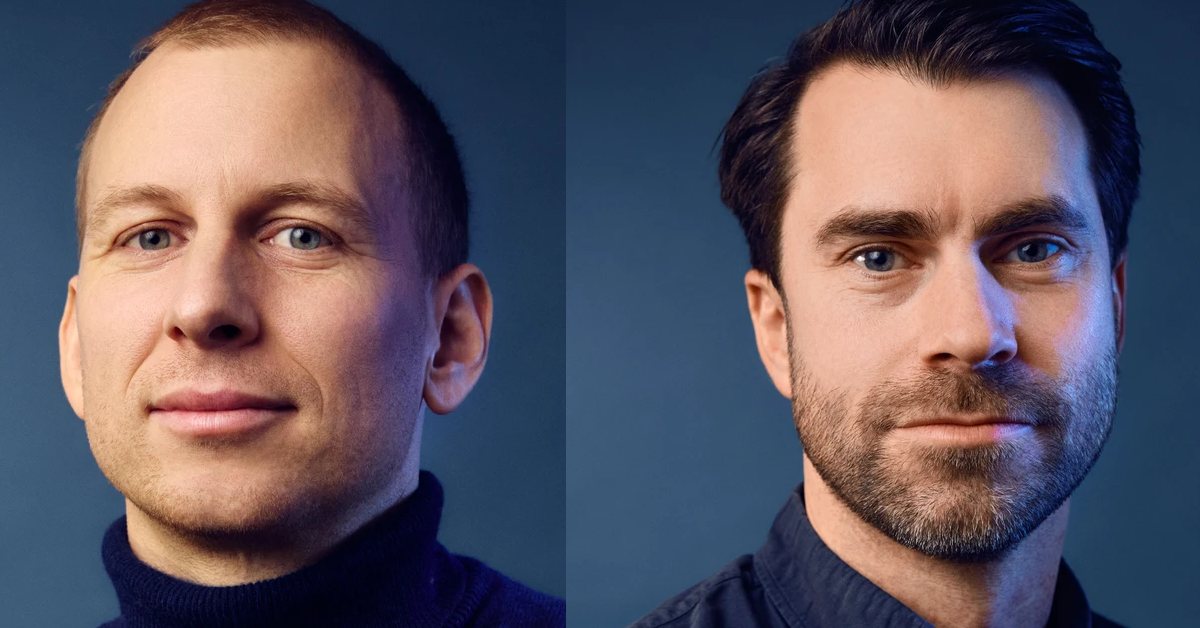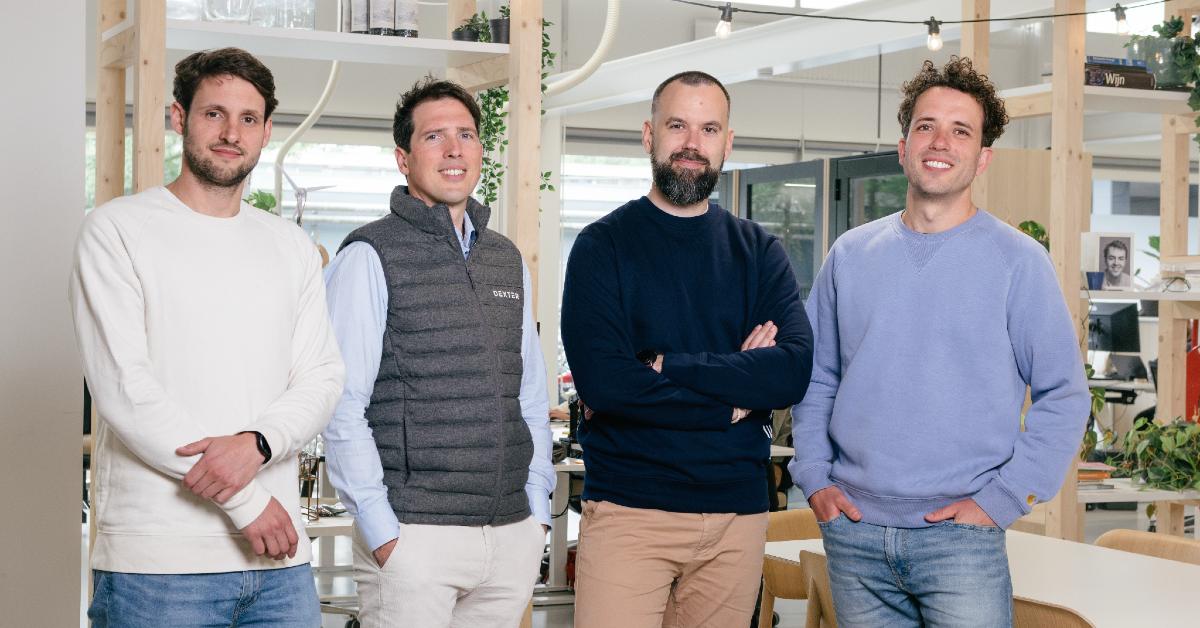On November 14th, 2017, soft robotics startup Somnox launched its Kickstarter campaign to launch the world’s first sleep robot. And now, one month later, Somnox has raised a total amount of €200.274 from 509 backers, doubling its initial goal. Due to this success, Somnox will start production, aiming to help 100.000 people achieve a good night’s rest in 2025. We talked to Julian Jagtenberg, founder of Dutch startup Somnox, on how his project came to life.
The early beginnings
The company didn’t actually start as a startup. Jagtenberg: “Somnox is basically a school project that got totally out of hand. It started as a soft robotics project during my studies at the Technical University of Delft. It was my aim to create a huggable companion robot to fight insomnia. I already had known about the problem for some time, because some of my own friends and family members had told me about it. At the time, you could only combat insomnia with medical treatment, so I wanted to provide an alternative. ”
Scientific background
According to Jagtenberg, many studies have shown that feeling a breathing rhythm can reduce stress and induce sleep. A particular bit of research was done by Novosad and colleagues. They concluded that infants sleeping with a Breathing Bear showed neurobehavioral benefits and had a less negative temperament. Another, more recent study, showed how the combination of cognitive behavioral intervention (a form of therapy for depression) and certain breathing exercises could improve the sleep of patients with depression. Concluding, you could say that a good breathing rhythm is really important to be able to relax.
The ultimate sleep companion
The sleep robot is meant to be the ultimate sleep companion. When holding it, you will feel it breathe, effectively relaxing the body and the mind. By synchronizing your breathing rhythm to that of Somnox you will reach a steady and slower breathing rhythm. And because this kind of deep breathing sends a message to the brain to relax the body, it’s one of the best ways to lower stress. This surely seems to be the case, as, after all, not many school projects reach global markets.
A good match
Another influential factor to Somnox’s promising future is its co-operation with Auping. The company is the leading circular bed and mattresses manufacturer in Europe, being able to manufacture and sell products on an international scale. The two companies initially started working together based on their intrinsic motivation for good sleep and innovation. Jagtenberg: “Auping also has a mission to let people sleep better, so a potential collaboration made total sense. Auping wanted to do more than just create the best beds and mattresses, so they expanded and stumbled upon us. They will take care of the production of our sleeping robot, making use of their product partners. Eventually, the robot will be sold through Auping’s network as well.”
Delivering a high quality product
Somnox seems to have a promising future ahead of it. Jagtenberg stated the following on their future goals: “Our first priority is producing and delivering a high quality product. With the financial support we received as a result of the Kickstarter, this can be easily achieved. A lot of startups actually struggle with the initial delivery of their products. Auping is going to be a big help as well to get the product to our customers. Most importantly, however, we have got a lot of good and passionate people that are working very hard to get the product to the market. Eventually, we will try expanding to the American market as well, since the potential there is very high. For now though, we will focus on the Dutch and European market.”
The ultimate goal
Jagtenberg: “Eventually, we want to offer the substitute to sleeping pills. Regarding competition, we think it is a good thing to have a lot of different players in the same market. No one can provide a solution to the whole problem. We are not designing a healing potion for sleeping problems. You have to do something in a niche and be good at that thing. Therefore, we have a lot of plans to expand our robotics portfolio. For example, we could design a product that combats snoring. But while we have these plans, for now we are focusing on our current product. It’s dangerous for startups to design multiple products at the same time, as resources will decrease very quickly.”










01
From telecom veteran to Dutch Startup Visa success: The Jignesh Dave story